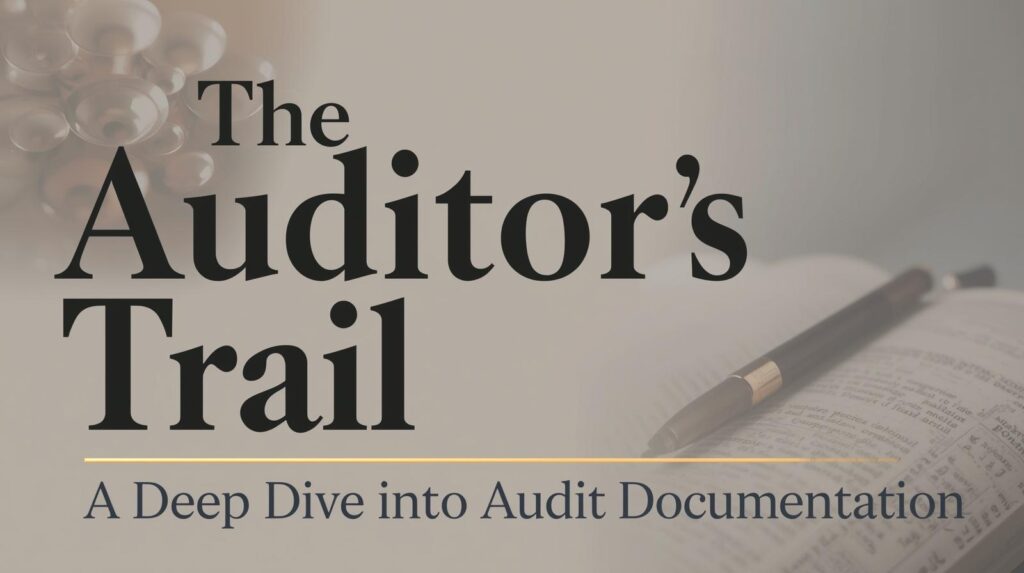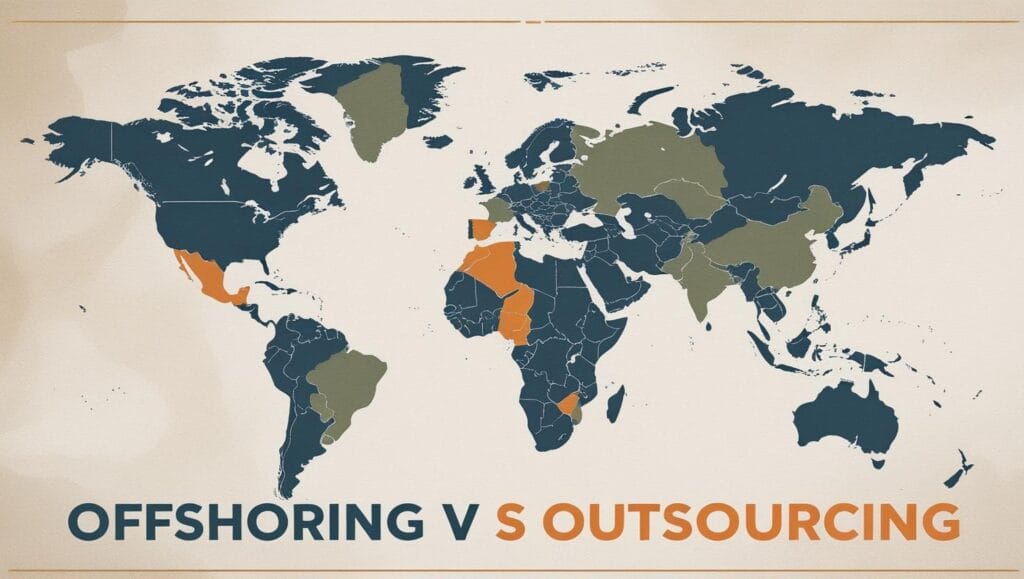How to Prepare Your First Bank Reconciliation: A Step-by-Step Guide
For any new business owner or aspiring bookkeeper, the term “bank reconciliation” can sound intimidating. But what if I told you it’s one of the most powerful, fundamental financial health checks you can perform for your business? In my 15 years as a small business consultant, I’ve seen firsthand that mastering this simple monthly process is a non-negotiable key to managing cash flow, preventing fraud, and maintaining accurate financial records.
This guide will demystify the process completely. We’ll walk through it step-by-step, define all the key terms, and show you exactly what the final report should look like. Let’s get started.
Disclaimer: This guide is for educational and informational purposes only. It is not a substitute for professional financial advice. The principles are standard, but you should consult with a qualified accountant or bookkeeper for advice tailored to your specific business situation.
First, What is a Bank Reconciliation?
A bank reconciliation is the process of comparing the cash balance on a company’s balance sheet (your internal records, or “cash book”) to the corresponding amount on its bank statement. The goal is to account for any differences between these two numbers and to ensure both are accurate and complete. Think of it as a professional version of balancing your personal checkbook.
What You’ll Need to Get Started
- Your business’s bank statement for the period (e.g., July 1 – July 31).
- Your business’s cash records (also known as a cash book or general ledger) for the same period. This could be from accounting software like QuickBooks, Xero, or even a detailed spreadsheet.
- Your completed bank reconciliation from the previous month (this is very important!).
Key Terms to Understand
Before we dive in, let’s clarify the jargon. Understanding these terms is half the battle.
- Book Balance
- The cash balance according to your company’s internal records (your cash book).
- Bank Balance
- The cash balance according to the bank statement.
- Deposits in Transit
- Checks and cash you have received and recorded in your cash book, but which have not yet been processed by the bank by the end of the period.
- Outstanding Checks
- Checks you have written and recorded in your cash book, but which have not yet been cashed by the recipient and cleared your bank account.
- Bank Service Charges
- Fees charged by the bank for its services (e.g., monthly maintenance fees). These appear on the bank statement.
- Interest Earned
- Interest paid by the bank to you on your account balance. This also appears on the bank statement.
- NSF (Non-Sufficient Funds) Check
- A check from a customer that you deposited, but which “bounced” because the customer didn’t have enough money in their account to cover it.
The Step-by-Step Bank Reconciliation Process
-
Compare Deposits
Place your bank statement and your cash book side-by-side. Go through each deposit listed on your bank statement and tick it off against the corresponding entry in your cash book. Any deposits in your cash book that are NOT on the bank statement are your Deposits in Transit. Make a list of these.
Example: Your cash book shows you deposited $500 on July 31st, but your bank statement (which also ends July 31st) doesn’t show it yet. This $500 is a Deposit in Transit.
-
Compare Withdrawals (Checks & Debits)
Do the same thing for withdrawals. Go through each check, debit card transaction, and bank transfer on your bank statement and tick it off against your cash book records. Any checks you’ve recorded in your cash book that have NOT appeared on the bank statement are your Outstanding Checks. List them out, including the check number and amount.
Example: On July 28th, you wrote Check #1255 for $200 to a supplier. You recorded it in your cash book, but as of July 31st, the supplier hasn’t cashed it. This $200 is an Outstanding Check.
-
Note Bank-Side Transactions
Now, look carefully at the bank statement for any items you don’t have in your cash book. These are typically things the bank knows about before you do. Common examples include:
- Bank service charges
- Interest earned
- Direct deposits from clients you weren’t aware of
- NSF checks from customers that were returned
You need to record these items in your cash book to update it.
-
Adjust Your Cash Book Balance
This is a critical step. You must make journal entries (or simple entries in your spreadsheet) for all the items you found in Step 3. Add any interest earned or unknown deposits. Subtract any bank fees or NSF checks. After making these entries, you will have a new, correct balance in your cash book. This is your Adjusted Book Balance.
-
Prepare the Final Reconciliation Statement
Now you create the formal report. The report has two sections that must arrive at the same final number. It’s structured like this:
Bank Side: Start with the closing balance from the bank statement. Add all your Deposits in Transit. Subtract all your Outstanding Checks. The result is the Adjusted Bank Balance.
Book Side: The work here is already done! The balance for this side is simply the Adjusted Book Balance you calculated in Step 4.
-
Verify: The Balances Must Match!
If your Adjusted Bank Balance (from the Bank Side calculation) equals your Adjusted Book Balance, you have successfully reconciled your account! The two numbers should be identical. If they’re not, it means there’s an error somewhere that needs to be found (see our FAQ below).
Sample Bank Reconciliation Statement
Here’s what a completed statement looks like, using some example figures for a fictional company as of July 31, 2025.
| ABC Company Inc. Bank Reconciliation Statement As of July 31, 2025 |
|
|---|---|
| Bank Side Reconciliation | |
| Cash Balance per Bank Statement | $5,250.00 |
| Add: Deposits in Transit | $500.00 |
| Less: Outstanding Checks | |
| Check #1255 | ($200.00) |
| Check #1257 | ($150.00) |
| Adjusted Bank Balance | $5,400.00 |
| Book Side Reconciliation | |
| Cash Balance per Books (before adjustments) | $5,465.00 |
| Add: Interest Earned | $5.00 |
| Less: Bank Service Charge | ($20.00) |
| Less: NSF Check Returned | ($50.00) |
| Adjusted Book Balance | $5,400.00 |
Common Problems & Troubleshooting
What if my balances still don’t match after reconciliation?
This is common on your first few tries! Go back and check for simple errors. The most common are transposition errors (e.g., writing $54 instead of $45) or slide errors (e.g., writing $500 instead of $50.00). Double-check your math. Ensure you’ve included all outstanding checks from the *previous* month’s reconciliation that still haven’t cleared.
How often should I do a bank reconciliation?
Monthly. Without fail. Doing it every month keeps the task manageable. If you wait 6 months, finding a small error becomes a massive, time-consuming nightmare. Make it a part of your month-end closing process.
My accounting software has a “reconciliation” feature. Do I still need to do this?
Yes, but the software makes it much easier! Software like QuickBooks or Xero automates the matching process. However, you still need to understand the principles to tell the software how to handle differences like outstanding checks and deposits in transit. The software is a tool; you are the expert who must use it correctly. Understanding the manual process makes you much better at using the software.
Conclusion: You’ve Gained a Financial Superpower
Congratulations! You now understand one of the most vital processes in bookkeeping. Making bank reconciliation a regular monthly habit will give you unparalleled confidence in your financial numbers. You’ll have better control over your cash, produce more accurate financial statements, and be able to spot potential issues before they become major problems. It’s a small investment of time that pays huge dividends in peace of mind.


Thanks for sharing!
Whether you're a small business or a growing enterprise, trust us to streamline your financial processes. Reach out today for your bank reconciliation services.
Best Bank Reconciliation Services
Such an informative post Thanks for sharing. We are providing the best services click on below links to visit our website.
D365 Finance and Operations – Training
D365 Finance and Operations Online – Training
D365 Finance Online – Training
D365 Operations – Training
D365 Functional Training – Hyderabad
Dynamics 365 Finance and Operations – Training
D365 Functional Training – Ameerpet